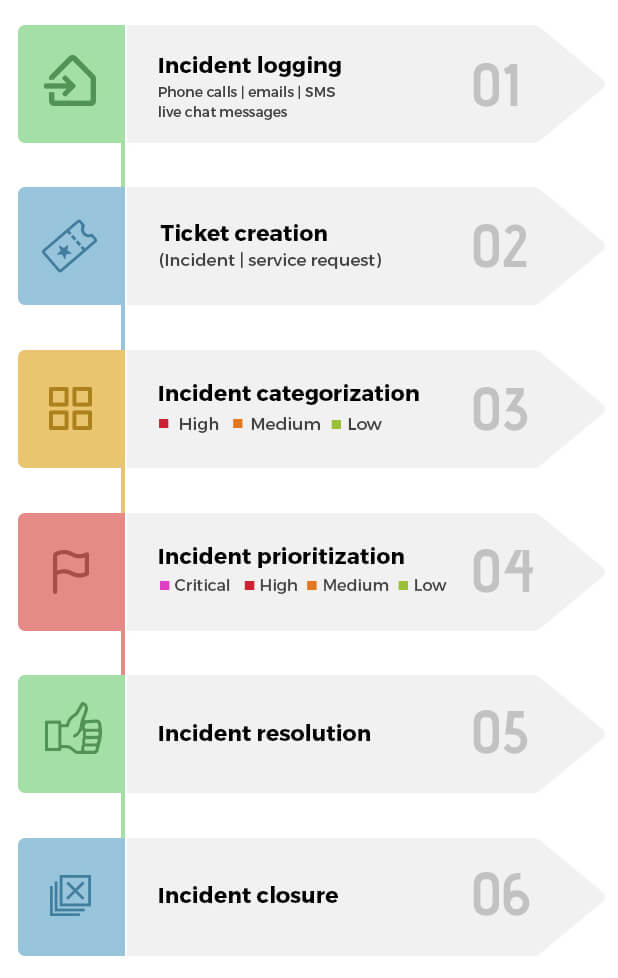

(Our blog post “How to Recognize a Strategic Priority When You See One” describes this research.) We found that 71% of S&P 500 companies reported their strategic priorities.Īlthough public statements of strategic priorities are common, they don’t always do a good job of clearly signaling a company’s future direction. As part of a broader research project on strategy execution, we analyzed the annual reports and Form 10-Ks of all companies in the Standard & Poor’s 500 index (S&P 500). Many large organizations do, indeed, publicly communicate their strategies. When strategic priorities are linked to explicit metrics, furthermore, they have a framework for evaluating a company’s progress toward its desired destination, in a way that more abstract guidelines, like a vision or mission, cannot. A clear strategy can attract potential investors, employees, or external partners who buy into that direction and are willing to bet on its success. By committing to a handful of priorities that matter most over the next few years, an organization can signal its intended strategic direction. In many cases, however, it’s just as important for leaders to communicate their strategy externally, to key stakeholders, including investors, customers, suppliers, regulators, and the media. When it comes to communicating their objectives, most executives focus inward, on getting their message out to managers and employees through town hall meetings, emails, and other forms of corporate communication. To drive execution, leaders often translate strategy into a handful of strategic priorities designed to increase alignment throughout the organization.
#Communication priority matrix series#
Once completed, share your priorities with necessary stakeholders.This article is part of an MIT SMR series that explores how organizations can achieve their strategic objectives. Assign valuesĪssign values between 1 and 4 to each option, where lower numbers mean the task is higher priority. Now further divide the tasks in each category into two sub-categories: “high urgency” and “low urgency.” You should now have four lists. Prioritize tasksīased on that information, categorize each list item as “high priority” or “low priority.” 4. Think about each taskĪsk yourself the following question for each task: What are the consequences of not accomplishing this task? 3. Open this Miro template to get started! In the board, list the tasks you want your team to accomplish. Get started by selecting this Prioritization Matrix template. Miro’s whiteboard tool is the perfect canvas to create and share your priority matrix. Quadrant IV is for the kind of tasks that yield little value, if any.Īnalyze your daily or weekly activities and assign issues to the appropriate quadrant in the criteria matrix before evaluating where you need to make changes. Quadrant III is for urgent but not important tasks, is for time-pressured distractions that still must be done immediately. Quadrant II is for long-term strategizing and development, tasks that are not urgent, but are still important. Quadrant I is for the most urgent, important deadlines. Go through your list of tasks and sort each one into a quadrant. However, if you must complete a task that could make your customers happier in the future, that task is probably low urgency but high priority. For example, if you must complete a task that directly affects customer satisfaction, that task is probably high urgency and high priority. The 2x2 matrix is designed to help you determine what tasks are critical so you can first focus on the most urgent needs.Ī variety of factors might influence the urgency or importance of a task on your list. When to use a priority matrixĪ priority matrix is a management tool for people who need a little more than a basic to-do list, and it can be valuable for project management and project prioritization. Most organizations prioritize by impact (low, medium, high), level of effort, and urgency. Priority matrices start in a simple format but can be customized depending on your needs. It’s a useful tool because the simple framework can be applied to all types of work, whether it be business processes, project-based or operational. What is a priority matrix?Ī priority matrix is a tool used to prioritize work categorically and inform decision-making & time management. The Priority Matrix Template also helps you to identify issues and urgent matters.
#Communication priority matrix how to#
Project Managers and operational folks love this template because it visually clarifies how to go about a project or even where to begin. The Priority Matrix Template helps you organize tasks, and it’s a space where you can evaluate priorities and share them with your team.


 0 kommentar(er)
0 kommentar(er)
